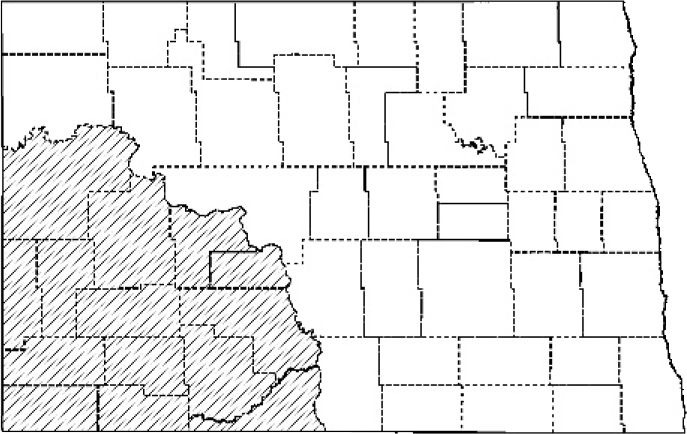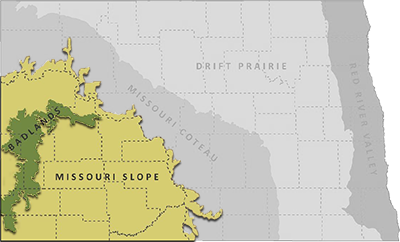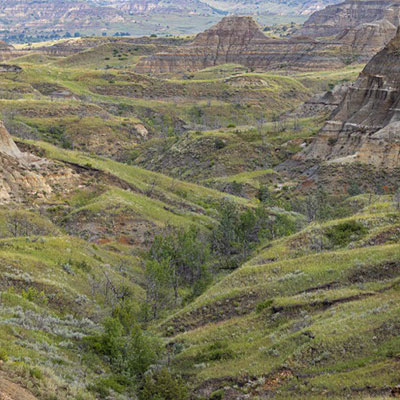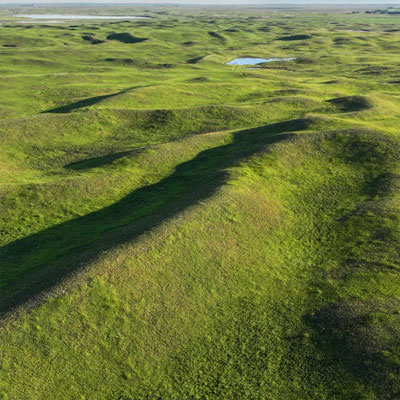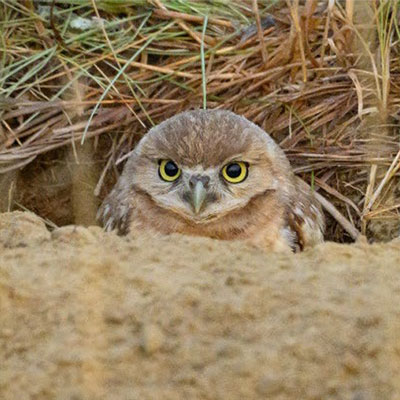Black-footed Ferret
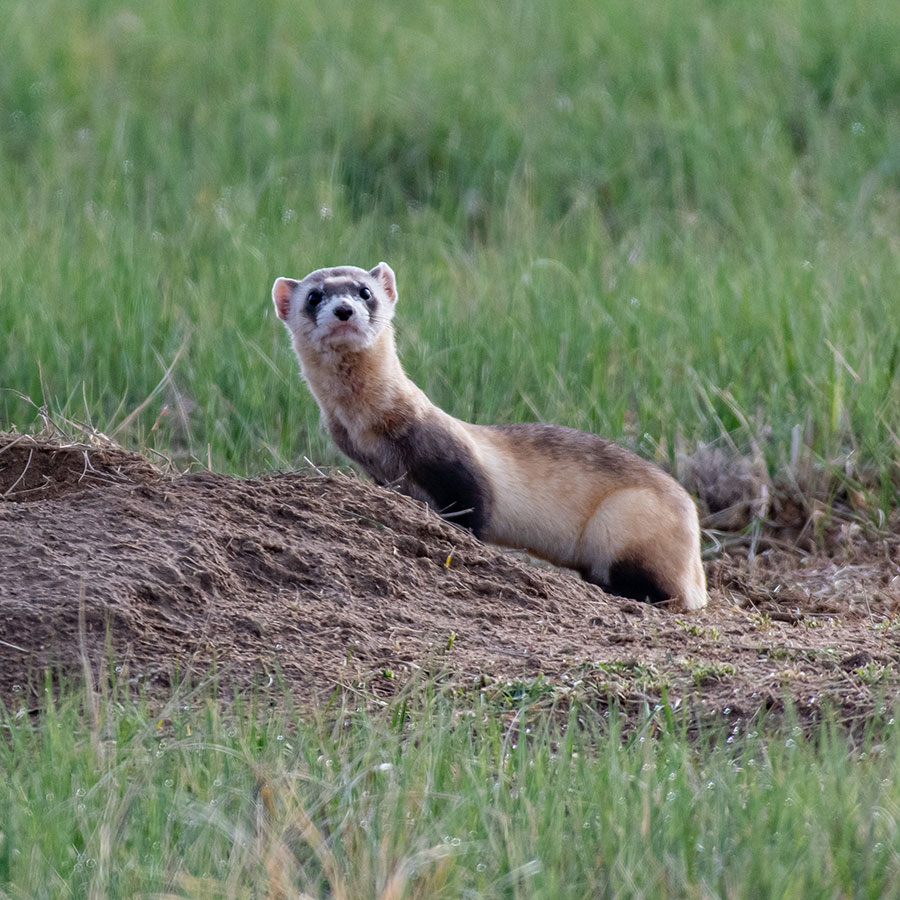
Adobe Stock
A mink-sized member of the weasel family, up to 26 in. in length. Pelage is buff with the throat and belly generally whiter. The feet are black, as is the tip of the tail. A black band covers the eyes and is more prominent in younger individuals.
Status in North Dakota
Believed extripated.
Reason for SWAP Designation
Poisoning efforts directed toward the Blacktailed Prairie Dog in the early part of the century caused the decline and eventual loss of North Dakota’s ferret population.
Lack of suitably sized Black-tailed Prairie Dog colonies and disease are the major causes hampering its return.
Threats
Large prairie dog complexes needed to support a Black-footed Ferret population do not currently exist in North Dakota.
With widespread negative sentiment toward prairie dogs within the state it is uncertain whether prairie dog complexes would be allowed to expand sufficiently to support ferret reintroduction.
Poisoning of Black-tailed Prairie Dog colonies has resulted in loss of population.
Poisoning is legal on private land in North Dakota.
Many types of poisons are used, but zinc phosphide and Rosal are the most common.
Conversion of rangeland for agricultural uses is decreasing Black-tailed Prairie Dog acres within the state, which in turn reduces potential Black-footed Ferret habitat.
Research and Monitoring
- Prairie dog towns will be monitored for Black-footed Ferrets during Black-tailed Prairie Dog survey efforts.
- Observations are recorded by the NDGFD Online Furbearer Observation Report.
Management Recommendations
- Management recommendations for the recovery of the Black-footed Ferret are outlined in the Black-footed Ferret Recovery Plan. https://www.fws.gov/mountainprairie/mammals/blackfooted ferret/2013DraftRevisedRecoverPlan.pdf
- Potential sites for Black-tailed Prairie Dog expansion need to be identified and private landowner partnerships would need to be developed before ferret reintroduction can be considered.

